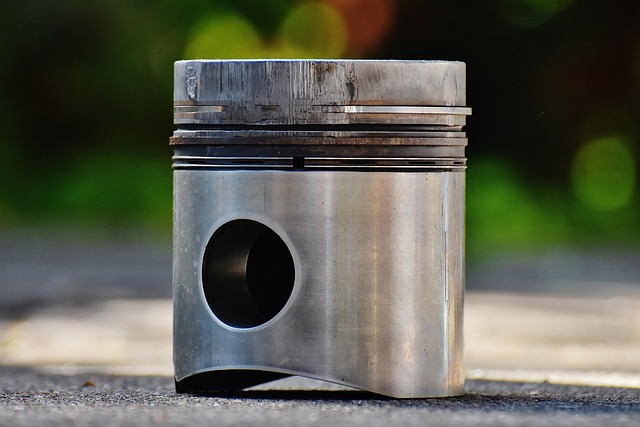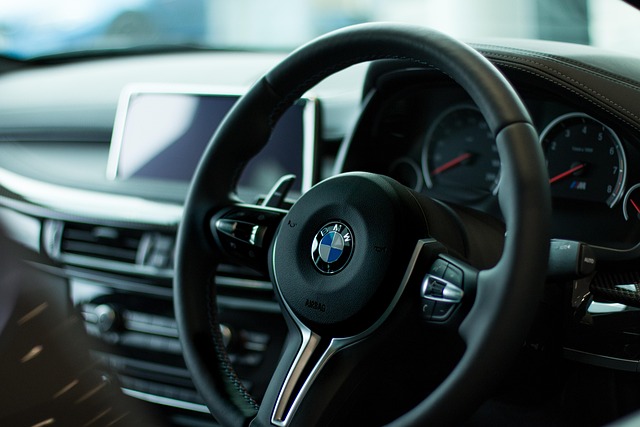Register Car in California: Step-by-Step DVW VIN Verification Guide
Looking to register your car in California? This comprehensive guide walks you through every step, from understanding key requirements to securing your license plate. We break down the process into ma…….

Looking to register your car in California? This comprehensive guide walks you through every step, from understanding key requirements to securing your license plate. We break down the process into manageable sections: gathering essential documents, preparing for your DMV visit, completing crucial DMV VIN verification, and paying registration fees. By following these steps, you’ll be on your way to legal California car ownership in no time.
- Understand California Car Registration Requirements
- Gather Necessary Documents for Car Registration
- Schedule and Prepare for DMV Visit
- Complete Vehicle Identification Number (VIN) Verification
- Pay Car Registration Fees and Receive Your License Plate
Understand California Car Registration Requirements

Before registering your car in California, it’s crucial to understand the state’s specific requirements. The California Department of Motor Vehicles (DMV) mandates that all vehicles operating within the state be properly registered and bear valid identification plates. This process involves a thorough inspection of your vehicle’s history, including a DMV vin verification, to ensure it meets safety standards and doesn’t have any outstanding issues.
One key component is ensuring your car passes an emissions test, which can often be done through a mobile vin inspection or mobile vin verifier service, making the process more convenient. Additionally, you’ll need to provide proof of insurance, pay registration fees, and present necessary documents like the vehicle’s title and proof of ownership. Understanding these requirements ahead of time will streamline the car registration process in California.
Gather Necessary Documents for Car Registration

Before you start the registration process, ensure you have all the required documents. The California Department of Motor Vehicles (DMV) will need several key pieces of information and forms to complete your car’s registration. One crucial step is the DMV VIN verification, which involves cross-referencing your vehicle’s unique identifier with their records to ensure authenticity. This process can often be completed online or through a mobile vin verification service, offering convenience for busy individuals.
Along with the vin inspection results, gather essential papers such as proof of ownership (title or bill of sale), valid insurance documents, and a current registration (if transferring from another state). Additionally, personal identification documents like a driver’s license or passport are mandatory. With these in hand, you’re ready to proceed with the car registration process at your nearest DMV office or, for added flexibility, some mobile vin inspectors can even come to you.
Schedule and Prepare for DMV Visit

Before heading to the California Department of Motor Vehicles (DMV), it’s crucial to schedule and prepare for your visit. Start by setting aside enough time—a process that may take 30 minutes to an hour, depending on the time of day and the number of people ahead of you. It’s also wise to bring all necessary documents, including proof of insurance, registration from the previous state (if applicable), identification, and payment for any fees.
One way to streamline the process is by arranging a mobile VIN inspection or verification service. These services can perform the required DMV VIN verification on-site, saving you a trip to the DMV and potential wait times. This is especially beneficial if you’re busy or prefer a more convenient approach. Keep in mind that while these services offer a valuable alternative, they may come with additional costs.
Complete Vehicle Identification Number (VIN) Verification

One crucial step in registering your car in California is completing a Vehicle Identification Number (VIN) verification. This process ensures that the vehicle’s details match the information on record, providing a layer of protection against fraud and ensuring compliance with state regulations. The Department of Motor Vehicles (DMV) requires this verification as part of the registration process.
You can conduct a VIN inspection through various methods, including a mobile vin inspection or verification service. These services send a trained professional to your location, making it convenient for busy individuals or those who prefer not to visit a DMV office. The expert will cross-reference the VIN with national databases to validate the vehicle’s history, previous owners, and any reported issues, ultimately contributing to a smoother registration experience.
Pay Car Registration Fees and Receive Your License Plate

After completing your vehicle’s registration application, the next step is to pay the necessary fees. California has specific costs associated with car registration, which vary based on factors like vehicle type and emissions standards. You can typically pay online or at a DMV office using a credit card or check. Once your payment is processed, you’ll receive an official registration certificate and, most importantly, your license plate.
Obtaining your license plate involves a critical process known as DMV VIN verification, ensuring the vehicle’s identity and history are accurately checked. You can opt for a traditional in-person inspection or choose a convenient alternative like a mobile vin inspection service to have your vehicle’s information quickly verified. This step is crucial before you can legally drive your newly registered car on California’s roads.
Registering a car in California involves understanding key requirements, gathering essential documents, preparing for a DMV visit, completing a DMV VIN verification, and paying registration fees. By adhering to these steps and ensuring all necessary paperwork is in order, you’ll be on your way to securing your vehicle’s registration smoothly and efficiently.







